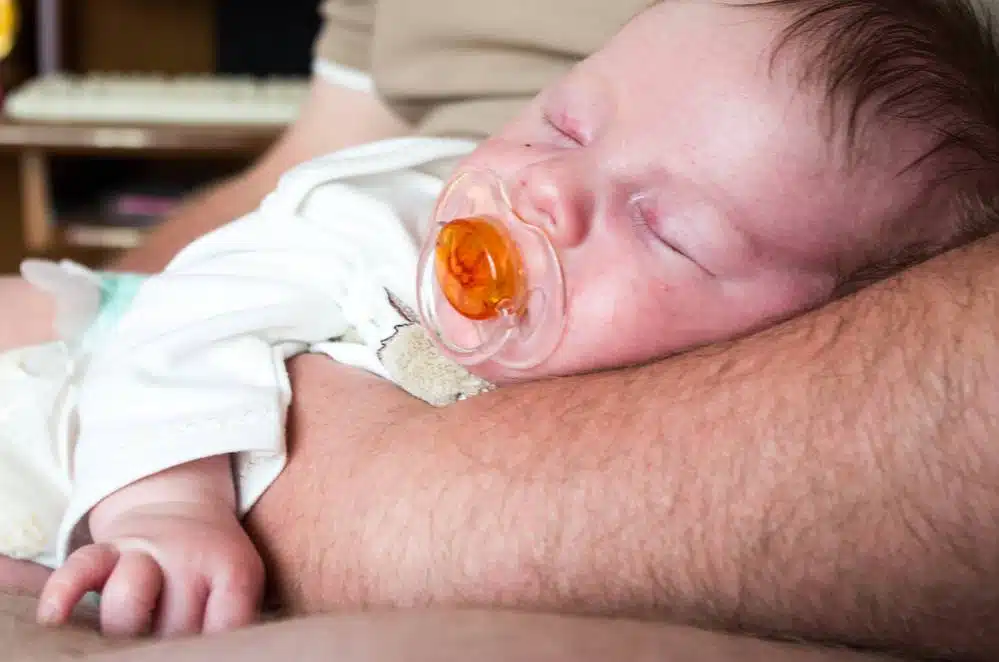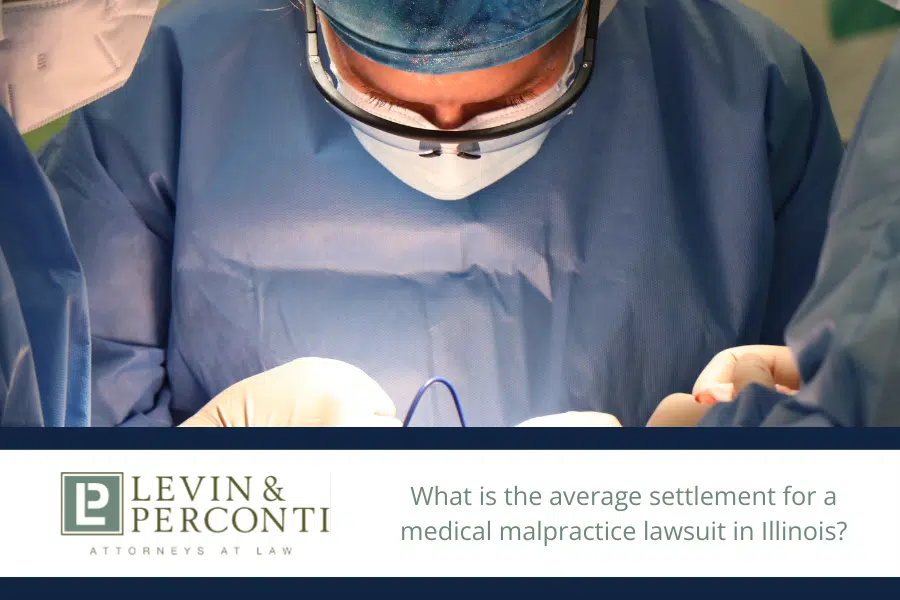
Content Reviewed by:
Dov Apfel
Content Reviewed by: Dov Apfel
Since 1979, Dov Apfel has been passionate about advocating for birth injury and medical malpractice victims. Mr. Apfel’s career-long record of achievements in birth injury litigation, education, and advocacy has been recognized by the Executive Board of the Birth Trauma Litigation Group of the American Association for Justice. His expertise is demonstrated by his numerous awards, presentations on birth injury topics at legal conferences for organizations like the AAJ and ATLA, and articles published by Trial Magazine and many others.
Medical Professionals Must Provide Sensitive Care to Avoid Infant Bone Fractures
Obstetric staff who choose to use excessive force during labor and delivery may sometimes cause other more severe problems to a newborn, such as bone fractures. These injuries most likely could have been avoided by providing closer attention to the mother and fetus and by following a sensitive standard of care during the delivery. For many women and infants impacted by obstetric mistakes, the legal battle can be uphill and costly.
Breech Birth Complications, Delivery Equipment, and Common Bone Fractures
Experts know that the risk of bone fractures resulting from birth is much more likely in unique situations such as breech deliveries and arduous labors that require extra tools and instruments, such as forceps or a vacuum. When not used carefully or correctly, those devices may cause harm and potentially inflict extensive and possibly critical damage to the newborn.
A fracture of the clavicle or collarbone is the most common fracture during labor and delivery. The clavicle may break when there is trouble delivering the baby’s shoulder or during a breech delivery. According to health experts at Stanford Health, a baby with a fractured clavicle rarely moves the arm on the side of the break.
Missed Diagnosis of Bone Fracture in Baby, Unexplained Birth Injuries
Unfortunately, a child born with a broken bone can go unnoticed, leaving an infant alone to suffer through the pain. Parents may take their newborns home without realizing they are injured and will need to act quickly if they notice any of the following bone fracture symptoms:
- baby appears to be in pain when moved, lifted, or held in certain positions
- the bent appearance of a limb, deformity, or abnormal skin lumps
- unable to move certain body parts
- excessive crying or fussiness
- bruising, swelling, and redness
- lack of response to feeding
Several tests, including imaging, will be required to determine the injury. And depending on the extent of the harm, various treatments will be required to correct the problem, including splints, physical therapy, or corrective surgery. And although bone healing is a natural process, treatment revolves around giving the bone optimum conditions to heal itself.
In many cases, the only way to determine if the bone fracture birth injury was caused by provider negligence is by conducting a thorough medical investigation. Although we want to believe our physicians are caring for us, rarely will a medical professional admit that the problem they caused could have been prevented. This means families must seek legal help to find the answers they deserve and ensure full accountability on the negligent party.
Request a Free Consultation with Levin & Perconti’s Birth Injury Attorneys in Chicago, Illinois
Even medical professionals can cause tragic labor and delivery mistakes that result in life-long injuries, stillborn, or a circumstance so dire that a newborn death is a result. If you believe your child was injured during the labor and delivery process, please call our Illinois birth injury lawyers at (312) 332-2872 or 877-374-1417 to discuss your potential case with an experienced attorney. A member from Levin & Perconti’s birth injury legal team will follow up with you shortly.



